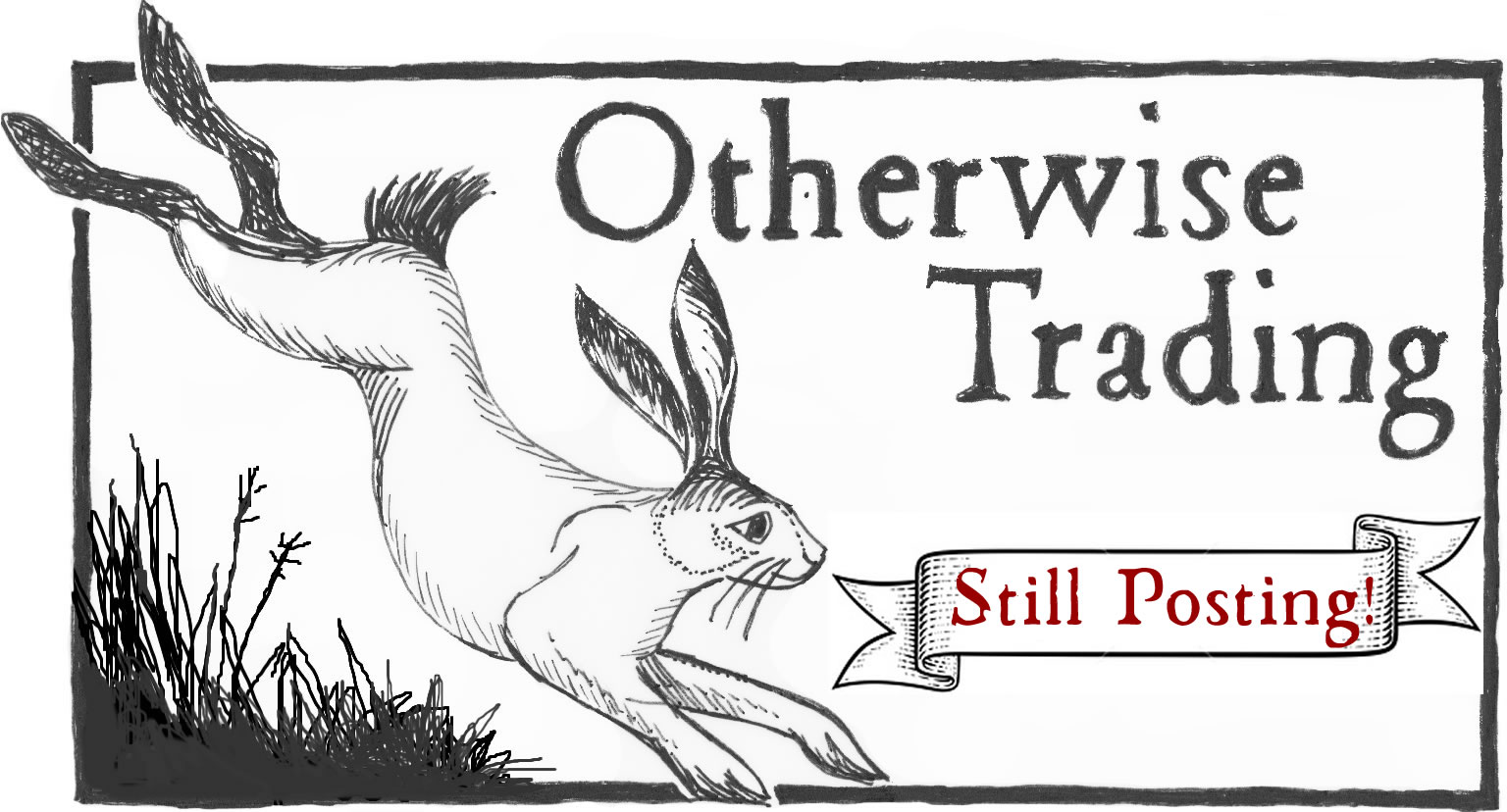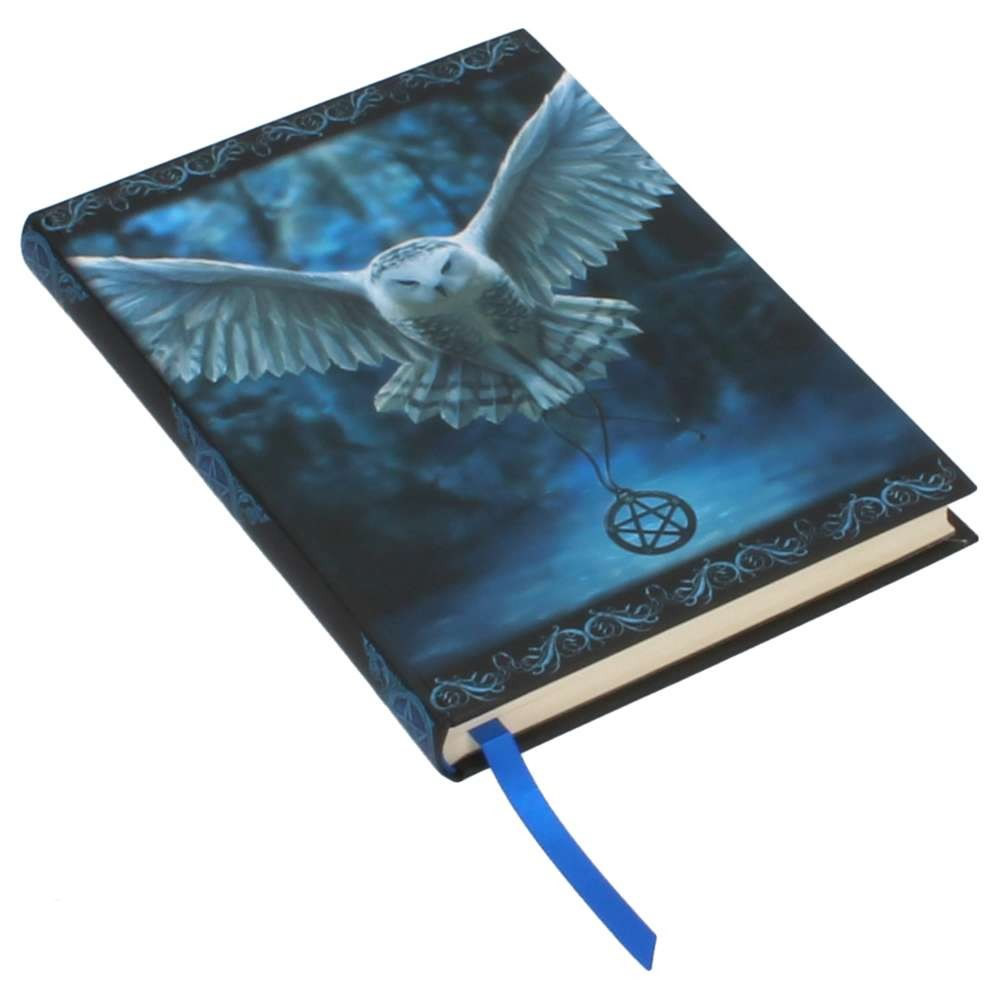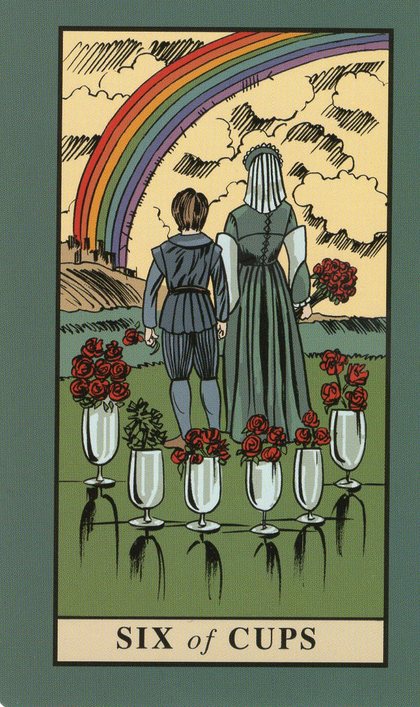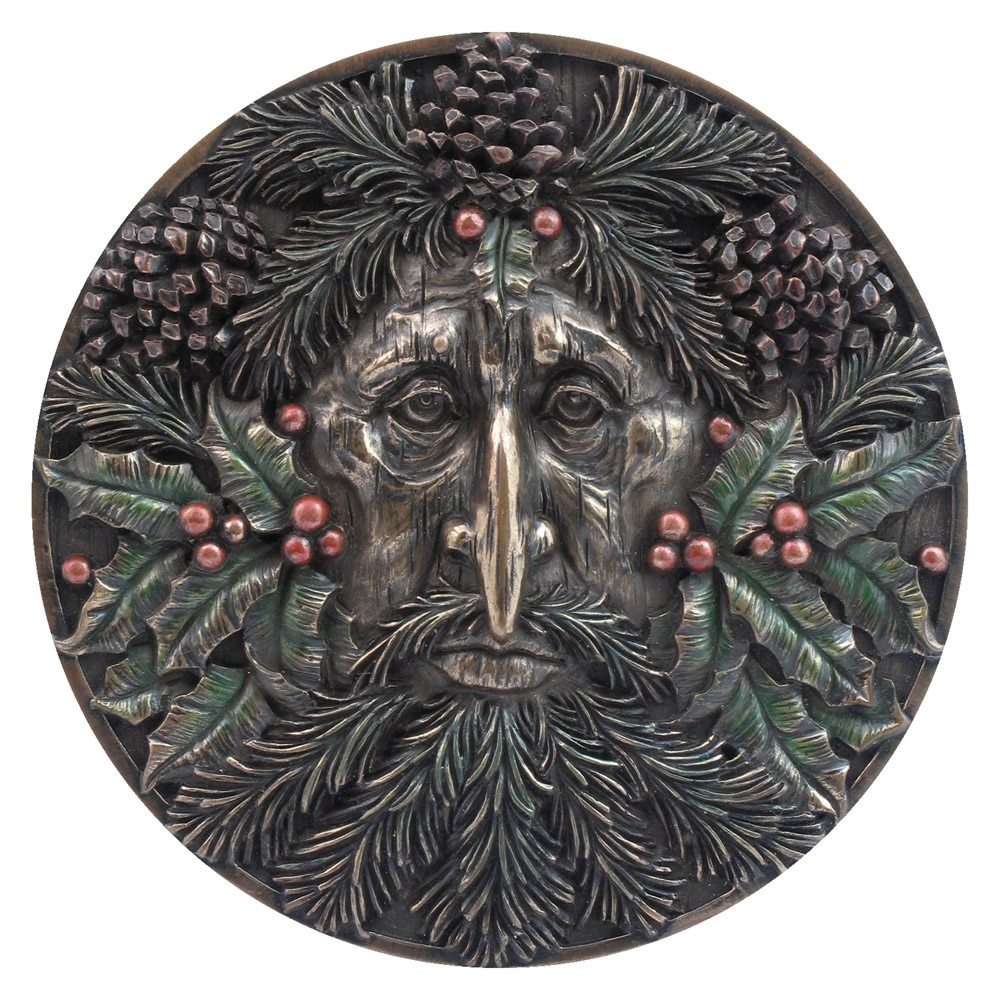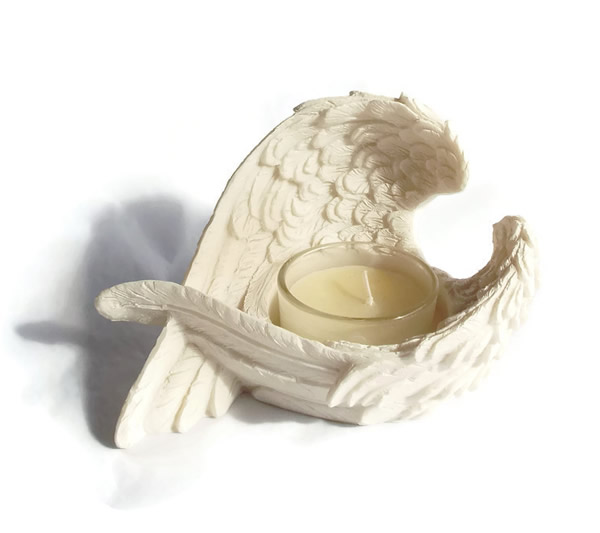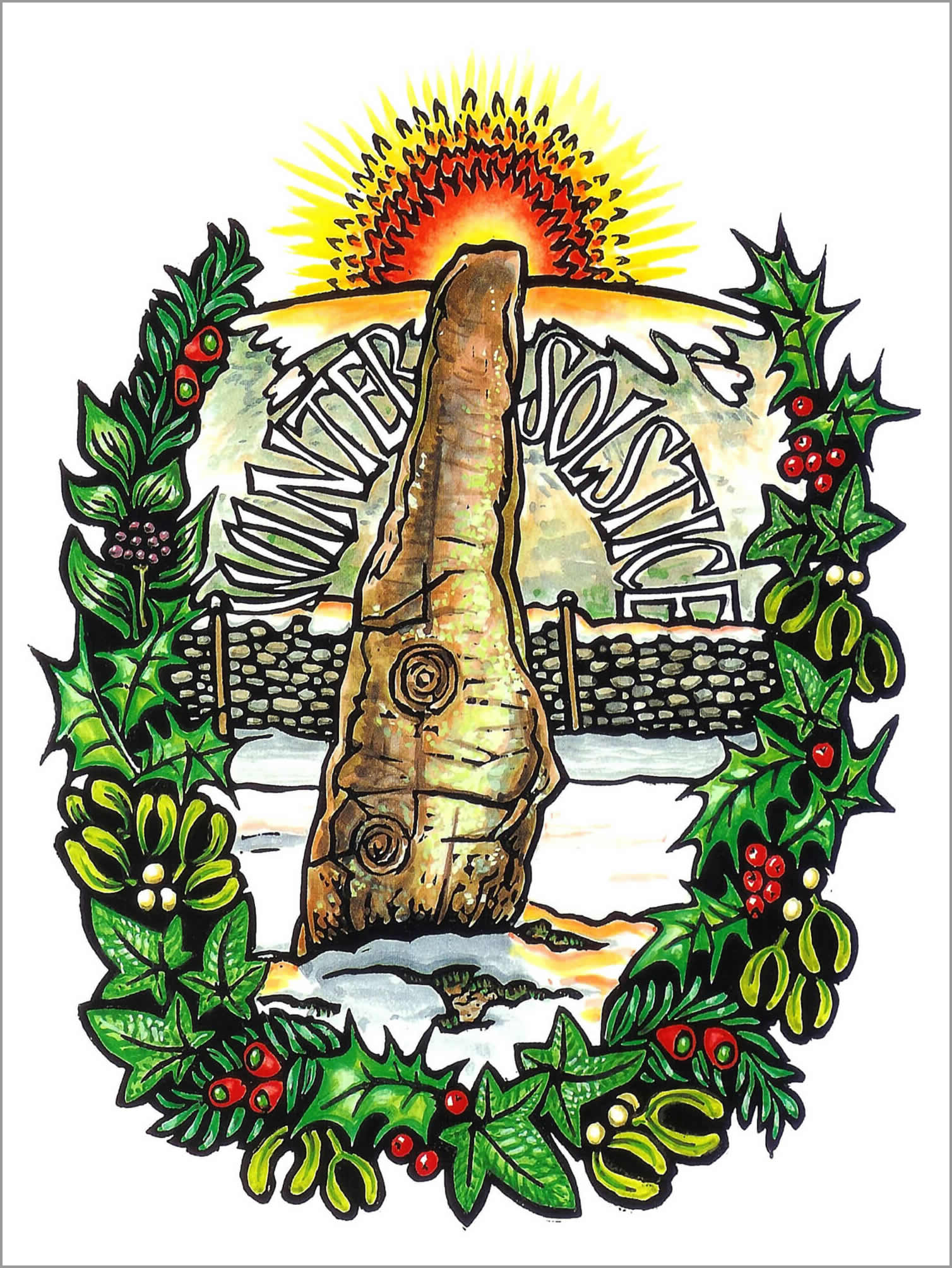
Yule Greetings Card by Karen Cater
£1.60
A beautiful Yule card by UK artist Karen Cater. Yule is celebrated on the Winter Solstice, 21 December.
Karen's work is immensely detailed and meticulously researched, and the cards include a wealth of information. Here is the text from the back of the Yule card:
At the time of the Sun's lowest ebb, the shortest day, the dying sun sets for the last time lighting up the snow clad landscrape with a glory of blood red, marked by the stone called Long Meg.
Near Little Salkeld, Cumberland, England, Long Meg stands with her Daughters about her, a magnificent stone circle with Meg a tall outlier, very ancient and aligned from the portal of the circle with the Winter Solstice Sunset. On her side are spiral carvings representing the anti-clockwise shadow cast by the path of the sun from midsummer to midwinter.
But no sooner has the Sun disappeared then the seed of coming life again grows. Tomorrow the Sun will rise anew. The cycle of life will begin again with the waxing year.
This card comes cellophane wrapped and has a silver envelope.
It measures 6" x 4" (15cm x 10.5cm).
It's blank inside for you to write your own message.
"The Goddess gives birth to a son, the God, at Yule. This is in no way an adaptation of Christianity. The Winter Solstice has long been viewed as a time of divine births. Mithras was said to have been born at this time. The Christians simply adopted it for their use in 273 CE (current era)."
"Wicca - A guide for the Solitary Practicioner", Scott Cunningham
The Winter Solstice has long been understood as a time for rebirth, when life emerges from the darkest depths of winter. Its symbols are evergreens, holly, the yule log and the spinning wheel.
Deities celebrated at this time are newborn gods and the triple goddess in her aspect as Mother.
Associated colours are red, green and white, and appropriate herbs are holly, mistletoe, ivy, cedar, bay, juniper, rosemary, frankincense, myrrh, sandalwood, and pine. Offerings can be apples, oranges, nutmegs, lemons, pinecones, oak leaves, and/or whole cinnamon sticks.
Yule is a time of the greatest darkness and is the shortest day of the year. Earlier peoples noticed such phenomena and petitioned the forces of nature to lengthen the days and shorten the nights.
After the Norse brought Yule into prominence it nearly replaced Samhain as the date of the New Year, and many modern Celtic adherents still honor Yule this way. The Nordic-influenced Celts celebrated Yule with many of the trappings we associate with modern Christmas observances; decorated evergreen trees, wreaths, holly, mistletoe, feasting, and dancing. They also believed that on this night the Holly King, as the God of the waning year, would battle the Oak King, the God of the waxing year, and lose.
| Size: | 6 inches x 4 inches (15cm x 10.5cm) |
|---|---|
| Colors | As pictured |
| Material | Printed card |
